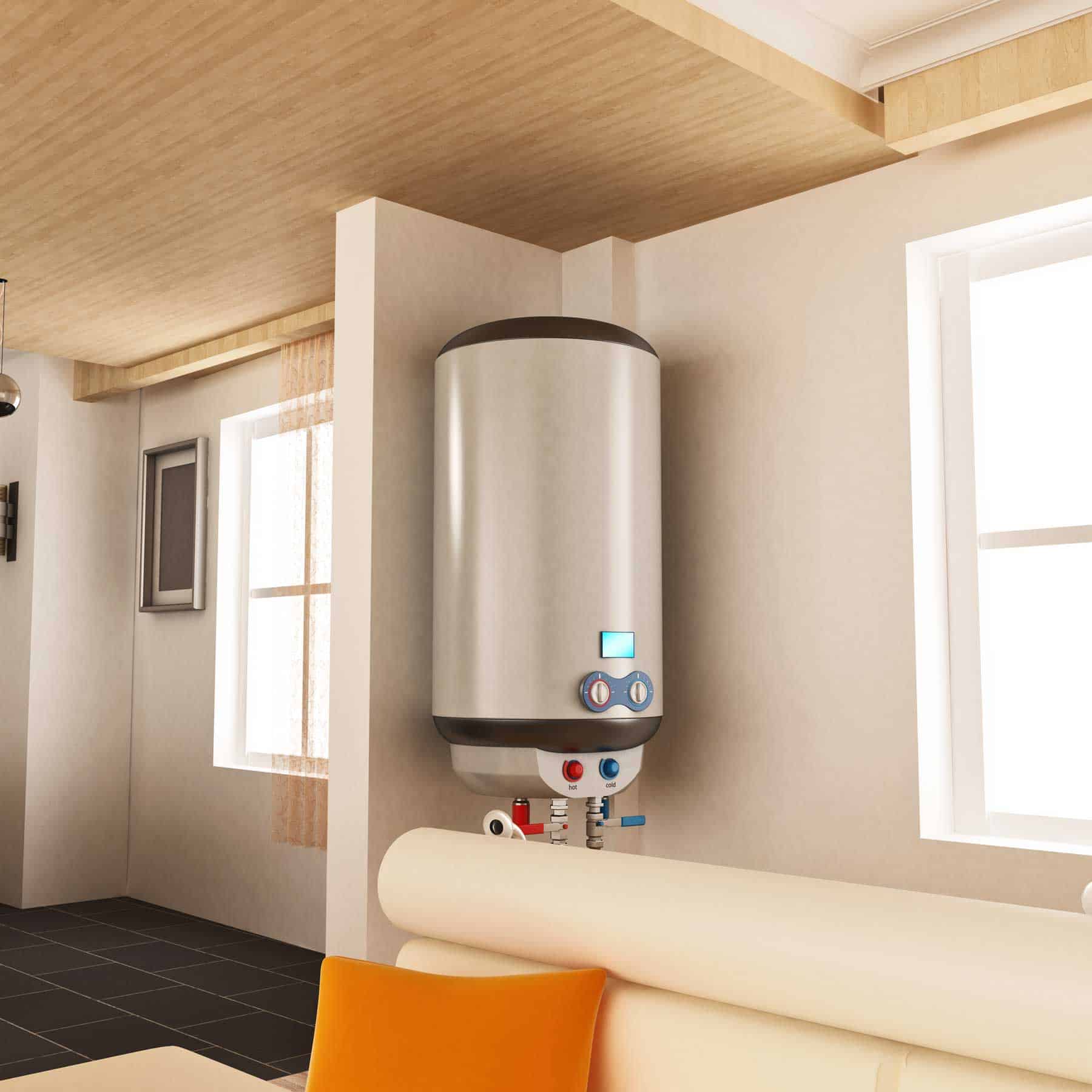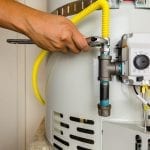Steps on How to Care for Your Home's Hot Water System EffectivelySteps on How to Maintain Your Home's Hot Water System EffectivelyTips on How to Keep Your Home's Hot Water System Functioning Well
Steps on How to Care for Your Home's Hot Water System EffectivelySteps on How to Maintain Your Home's Hot Water System EffectivelyTips on How to Keep Your Home's Hot Water System Functioning Well
Blog Article
Are you currently looking for ideas involving What Kind of Maintenance Do Water Heaters Need??

Warm water is important for day-to-day comfort, whether it's for a refreshing shower or cleaning dishes. To guarantee your hot water system runs successfully and lasts much longer, regular upkeep is key. This post provides functional suggestions and understandings on exactly how to keep your home's warm water system to prevent disruptions and pricey repair services.
Intro
Keeping your home's hot water system could appear daunting, yet with a couple of simple steps, you can guarantee it operates smoothly for many years to find. This guide covers everything from comprehending your warm water system to DIY maintenance suggestions and recognizing when to hire specialist aid.
Significance of Preserving Your Warm Water System
Routine upkeep not just extends the life expectancy of your warm water system yet also ensures it runs efficiently. Ignoring upkeep can bring about decreased efficiency, higher energy costs, and even premature failure of the system.
Indications Your Warm Water System Requirements Upkeep
Knowing when your hot water system needs interest can stop significant concerns. Keep an eye out for indicators such as inconsistent water temperature, unusual noises from the heating unit, or rustic water.
Comprehending Your Warm Water System
Prior to diving right into upkeep jobs, it's helpful to understand the basic components of your hot water system. Normally, this consists of the hot water heater itself, pipelines, anode rods, and temperature controls.
Regular Monthly Maintenance Tasks
Regular regular monthly checks can assist catch minor issues before they rise.
Purging the Hot Water Heater
Flushing your water heater eliminates sediment buildup, improving efficiency and prolonging its life.
Monitoring and Replacing Anode Rods
Anode rods stop deterioration inside the tank. Examining and replacing them when worn out is essential.
Checking and Changing Temperature Level Settings
Changing the temperature level settings guarantees ideal efficiency and safety.
Do It Yourself Tips for Upkeep
You can perform a number of upkeep jobs yourself to keep your warm water system in top condition.
Looking for Leaks
Frequently inspect pipes and connections for leaks, as these can bring about water damage and greater expenses.
Evaluating Pressure Alleviation Valves
Evaluating the pressure safety valve guarantees it works correctly and prevents extreme pressure build-up.
Protecting Pipes
Insulating warm water pipes lowers warm loss and can save power.
When to Call an Expert
While do it yourself upkeep is valuable, some problems require specialist know-how.
Complex Concerns Calling For Expert Help
Instances include major leaks, electrical troubles, or if your water heater is consistently underperforming.
Routine Specialist Maintenance Benefits
Expert maintenance can consist of comprehensive inspections, tune-ups, and making certain conformity with safety and security requirements.
Conclusion
Routine maintenance of your home's warm water system is vital for efficiency, durability, and price savings. By complying with these pointers and recognizing when to seek specialist assistance, you can make certain a trusted supply of hot water without unexpected disturbances.
Water Heater Maintenance: The Basics
Maintaining your water heater will ensure it operates efficiently and has a longer lifespan. Neglecting regular maintenance can lead to costly repairs and an even bigger chunk of your savings if you have to replace it sooner than necessary. But there’s good news: Most water heater maintenance tasks are relatively simple and easy for homeowners with basic DIY skills.
Flush the Water Heater
Over time, sediment and minerals can build up in the tank, reducing its efficiency and potentially causing damage. To flush the tank, turn off the power or gas supply, attach a hose to the drain valve near the bottom and open the valve to drain the water until it runs clear. Ideally, flush the tank annually.
Replace the Anode Rod
The anode rod is a sacrificial metal rod that helps prevent corrosion inside the tank. Inspect and replace it every three to five years or per the manufacturer's recommendation. To replace the anode rod, turn off the power or gas supply, drain a few gallons of water from the tank, unscrew the old rod and replace it with a new one. If the anode rod is significantly corroded or covered in calcium buildup, it's a sign the water heater may need to be replaced soon.
Tune-Up
A yearly tune-up can help identify potential issues and ensure your water heater operates at peak efficiency. This typically involves checking the thermostat, burner assembly (for gas heaters) and any other components specified by the manufacturer. During a tune-up, the technician may also clean the burner and adjust the pilot light (for gas heaters) or examine the heating elements (for electric heaters).
How to Maintain Your Water Heater
Insulate the tank. Insulating the tank can improve energy efficiency and reduce heat loss, saving you money on energy bills. You can purchase precut insulation blankets designed specifically for water heaters or use standard fiberglass insulation wrapped securely around the tank. Check the temperature. The recommended water temperature for most households is around 120 degrees Fahrenheit (49 degrees Celsius). Higher temperatures can increase energy costs and potentially cause scalding. Use a kitchen thermometer to check the temperature at the faucet nearest the water heater. Monitor water pressure. Excessive water pressure can strain the water heater and cause leaks or even tank failure. Install a pressure-reducing valve if necessary. The ideal water pressure range is between 60 and 70 PSI (pounds per square inch). Test the temperature and pressure (T&P) relief valve. The T&P relief valve is a safety feature that releases pressure if the tank gets too hot or the pressure builds up too high. Test it annually by lifting the lever and allowing a small amount of water to release. Replace the valve if it doesn't release water or reseal properly. Check for leaks. Regularly inspect the tank, pipes and fittings for leaks or corrosion. Deal with issues promptly to prevent further damage. Even a small leak can lead to significant water damage over time. Consider a tankless water heater. If your traditional tank-style water heater is nearing the end of its lifespan ( typically 10 years), consider replacing it with a tankless water heater. These units heat water on demand, reducing standby energy losses and potentially saving you money on your energy bills. Schedule professional maintenance. While homeowners can perform many water heater maintenance tasks, it's still a good idea to schedule professional maintenance every few years. A plumber or HVAC technician can thoroughly inspect the unit, identify potential issues and ensure it operates safely and efficiently. https://www.homeserve.com/en-us/blog/home-improvement/hot-water-heater-maintanence/

I have been very drawn to What Kind of Maintenance Do Water Heaters Need? and I am assuming you appreciated my blog entry. Sharing is caring. One never knows, you will be doing someone a favor. I praise you for your time. Please stop by our site back soon.
Top Article Report this page